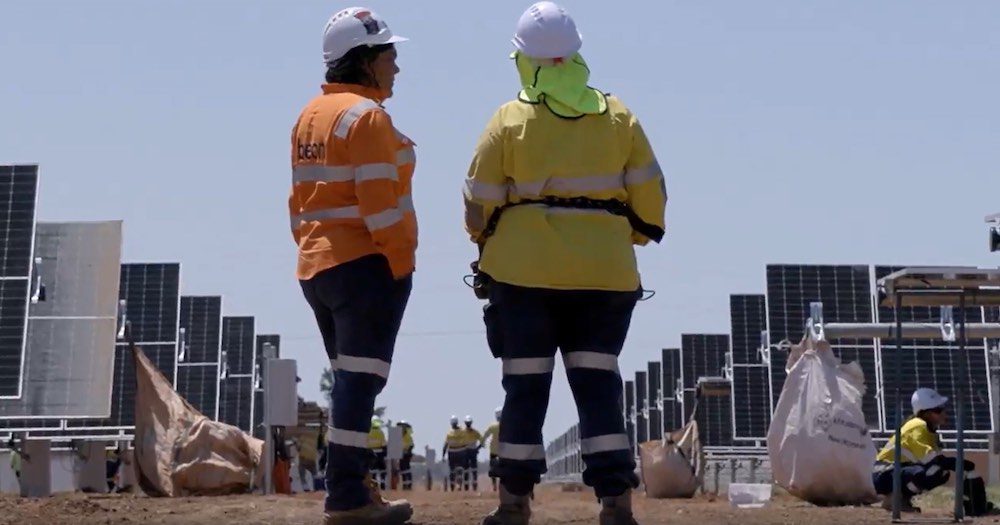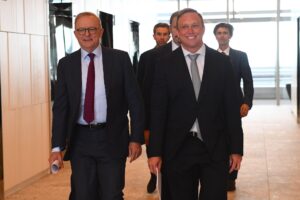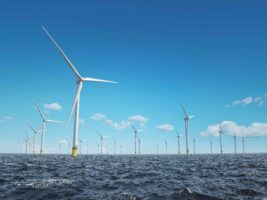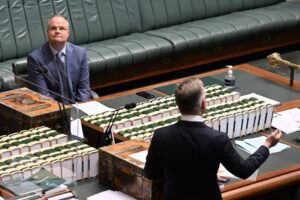In the 1980’s I grew up to watching TV commercials featuring Sid the seagull selling the virtues of “Slip! Slop! Slap!”. Today there are very few Australians who would dare go out in the sun without slipping on a shirt, slopping on sunscreen or slapping on a hat.
The simplicity and consistency of the message, along with the campaign’s long tenure, led to one of the great social education campaigns seen in our country.
The result?
The incidence of the two most common forms of skin cancer in Australia decreased. Statistical analysis from the Australian Government’s Institute of Health and Welfare found the rate of incidence of melanoma by age 30 to have consistently dropped from its peak in 1997, halving by 2020.
Other successful long-term and consistently messaged educational campaigns in Australia have included topics such as drunk driving and the Quit campaign for smoking; the term “problem gambling” is now in our vernacular.
These topics became important, urgent and front of mind in our social consciousness because of sustained educational messages that were consistent and easy to digest.
Yet, when it comes to the Commonwealth government’s 82% renewable energy target by 2030, or the various State targets, what is the story we are meant to be hearing?
And more importantly, who is telling it and is it understood by those outside the energy industry bubble?
I live inside that bubble. For over 15 years, my career has been in the energy sector. And with that experience comes a certain understanding that could be mistaken as common knowledge.
For example, I see it as a rudimentary truth that coal is no longer the cheapest way to make electricity. When you add the cost of carbon and the impacts of CO2, it becomes unsustainable.
I understand that building new coal is commercially unrealistic for several reasons. I understand the role of transmission in transporting the electrons being produced from clean energy.
I have seen first-hand the impacts of new wind and solar projects on rural communities that have never had to consider these new neighbours before.
I understand how electrons are traded, what the rules of the market are that drive investment decisions, I have a hand on the politics, and I take an active role in managing my consumption at home with behind-the-meter technology.
I highlight all this because my experience isn’t the norm for the average Australian who has the clean energy transition happening around them. The average Australian has not had to think much about where their energy has come from before.
But for the long-term viability of reaching our renewables targets, we need to transition our energy systems, and this requires a focused, consistent, reliable story to help bring people along the journey of change.
Unfortunately, electricity is complex and transitioning from coal to renewable sources is not a simple thing. It involves the laws of physics, economic theory, commerciality, skilled resources, capital (equity and debt), regulation, politics, social licence and more.
If the average citizen is not given the opportunity to understand some fundamentals of all these moving parts and how crucial they are for the energy transition, then we face a big risk to reaching our target.
And fairly so; We can’t simply ask Australians to support big change without explaining why it is necessary and the impacts on them at both the macro and micro levels. And explaining does not mean the odd newspaper full-page advertisement or political announcement. It requires a sustained educational campaign with two-way dialogue and a commitment to dive deep into the issues.
As an electricity industry, we have room to grow as storytellers too.
To give a live example, it is very challenging to explain to farmers why new transmission lines will now cut a swathe through their land and how it will benefit them. This is because the perception is that the electricity being passed along those lines will only keep the lights on in faraway cities.
For this to make sense, you must have an understanding of electricity networks, and how these transmission lines will play a key role for everyone – near and far.
We haven’t been able to explain to energy consumers the dichotomy that while renewable energy is the cheapest form of electricity generation available today – something political leaders are also touting – that their electricity bills have still increased dramatically recently in parallel with greater renewables buildout.
People outside of the energy industry may not be able to explain how the costs of transition impact their energy bill, they may ask questions about wind farm noise, and they likely do not understand why we are switching off gas, which was previously talked up as the “transition fuel”. These are examples of common questions that need addressing in simple, plain language.
Our industry and governments have tried to create action-oriented slogans, and while I appreciate the effort made so far, I do want to challenge if these have resonated with those outside the industry. For example:
“There is no transition without transmission.” And,
“We need storage for when the sun doesn’t shine, and the wind doesn’t blow.”
There is a lot of industry understanding implicit in what these slogans practically mean. But what about those who are not well-versed in how the energy industry works, which are most Australians?
Given all of the roles the government can play in our energy transition, and there are many, I propose that one of the most important is as storyteller. Namely, to take the complex and make it simple and easy to digest. Then repeat that story often through multiple channels and over a long period. Years, even. This missing piece of the puzzle can help us bring everyone along on the journey with us.
It is absolutely critical if we are to transition with the rigour we need to reach our transition targets and help Australians at large enjoy the benefits of a clean energy future. As for the industry, I cannot speak for everyone, but we will endeavour to get better at storytelling too.
So given all of this, I am advocating for the return of Sid the seagull. Perhaps he can come back as a different bird this time. He will definitely need a new slogan that encompasses the clean energy transition. In fact, he will need a few of them.
There is no two ways about it; change is tough.
Without the knowledge or understanding why, and an honest discussion about the impacts of the move to renewables, we are going to make the energy transition tougher for ourselves. With their reach and influence, governments are best placed to fill this gap with a focused educational campaign that has longevity.
Dennis Freedman is managing director ANZ of Aquila Clean Energy APAC









